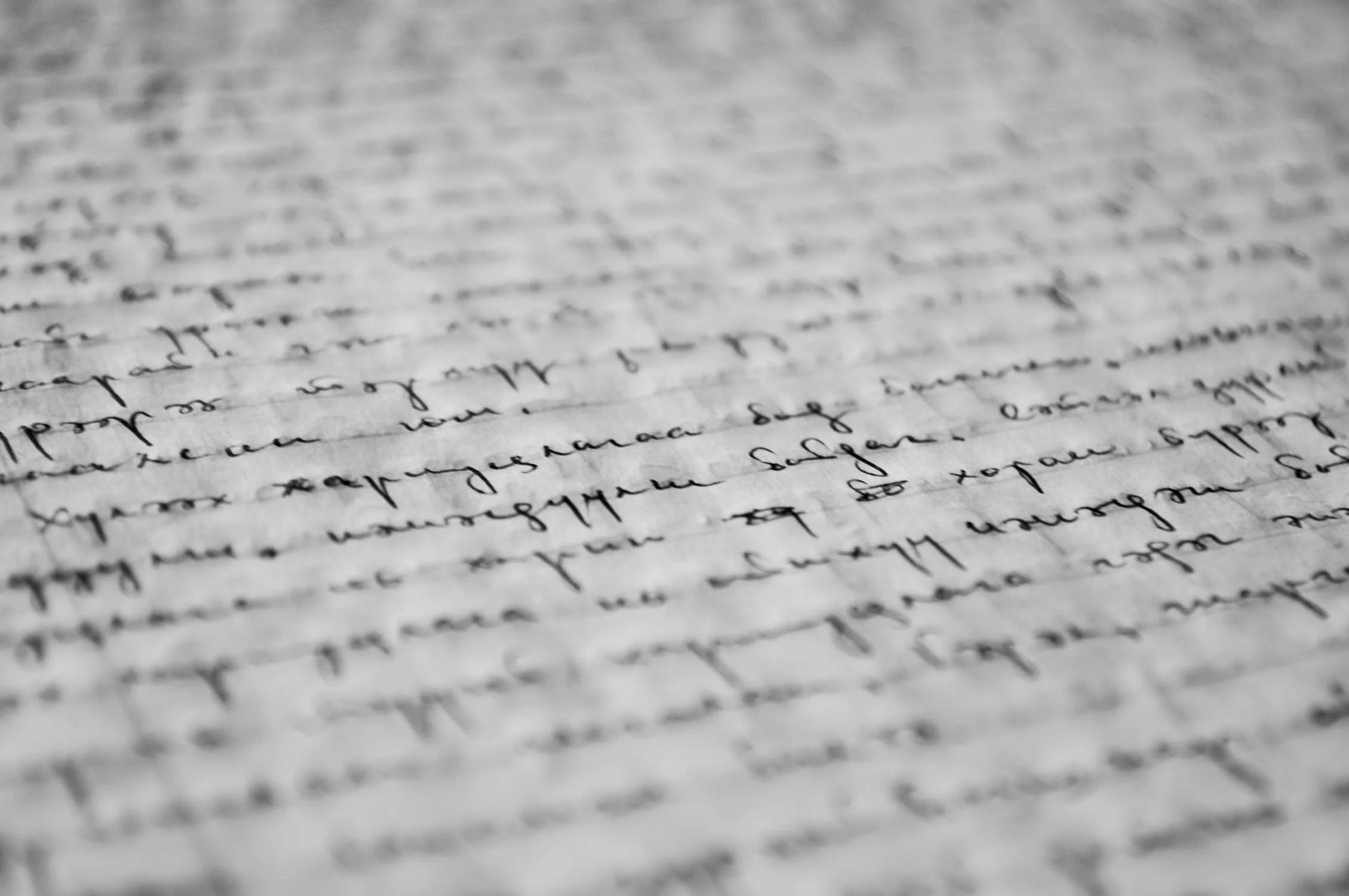Tips for Writing an Academic Book Proposal – Part 1 of 3
I am in the midst of final revisions for my book on the history of the Stewart Indian School, and have learned a lot over the course of the academic proposal-editing-publication process. This being my first go around, I initially had no idea what to expect or even what questions to ask. Now that I know I little more, I figured I would share my experiences to help other publishing newbies. This first of three posts focuses on preparing a book proposal. Enjoy!
** I want to be clear I am specifically describing how to write a proposal for an academic/university publisher. For me, the decision to work with an academic publisher was a no-brainer: my book is based on my PhD dissertation and though I wrote it to be accessible to a wide audience, it is still academically oriented. Next time around I might go a different route, but for now my publishing experience is limited to this one format.**
Before submitting a proposal, you need to have a clearly defined project on which you have already done a significant amount of work. You have to articulate your broader arguments, outline each of your chapters, and provide a sample chapter along with your proposal. Depending on how much work you have done on your project or whether you are starting from scratch, be prepared for the proposal process to take a significant amount of time. Your proposal needs to be detailed and directly address each of your chosen publisher’s guidelines. (More on this below)
In terms of preparing my book proposal, I relied on an excellent book entitled From Dissertation to Book, by William Germano. More than any other resource, this book helped me conceptualize how I would transform my dissertation into a book. Germano emphasizes that your dissertation will require substantive revisions before it can be published as a book, for a variety of reasons that depend on your field and the way your dissertation is structured. (For historians like me, this might mean getting rid of lengthy literature reviews – but don’t delete them entirely!) He encourages you to reimagine your work and to structure along the lines of monographs you have read and enjoyed. Germano also has another book, Getting it Published, about academic publishing. It is on my shelf but I have not read it yet – this book may be useful for someone looking to publish with an academic press who is starting from scratch and not revising a dissertation or other piece of writing.
Once you are ready to write your proposal, I recommend that you first decide on the publisher you hope to work with. I chose the one that published my favorite books in my field, though you may, of course, have different criteria. However, in your proposal you will likely have to make the case that your book will be a good fit with your publisher of choice – so consider looking through a publisher’s catalogue before you write to them to make sure there is a solid connection between your project and those previously chosen by your publisher. Whichever publisher you choose, go to its website and look for submission guidelines. These guidelines will differ slightly depending on the press, but will offer very specific instructions on what you need to submit. Note that many publishers prefer that you send your proposal to them exclusively, rather than to many different publishers at the same time. In practice, this means that you may have to prepare different materials for multiple publishers.
In terms of the proposal itself, it is reminiscent of a dissertation prospectus or proposal, so you may be able to use some of your previous writing to help build your submission. So keep everything you have ever written about your project – it may come in handy.
As an example, I included the following information in my proposal, per the publisher’s guidelines:
· A working title
· A description of the projects and its primary arguments
· An explanation of how the project will contribute to your field
· Information about the intended audience
· A description of competitive titles and comparable works
· How the book would fit in with the press and its catalogue
· A table of contents
· Summaries of each chapter
· A projected word count and number of photographs or illustrations
· The status of the manuscript and a potential date of completion
· A sample chapter
· CV
Many of these items are self-explanatory, and, if your proposal is based on your dissertation you may be able to reuse portions of your prospectus to describe your project’s core arguments, contributions to your field, and comparable works. If not, you will need to write a proposal that clearly and concisely describes the scope of your project as well as the arguments you plan to make throughout the book. If you are at the stage of writing a book proposal, you will probably have examined the secondary literature in your field, which will help you explain how your work will contribute to or fill gaps in your field and identify comparable titles.
For other sections you may need to do some additional research no matter how much work you have already completed on the project. With regard to audience and who might be interested in purchasing your book, I recommend looking up courses in major university systems that could potentially use your work and including that information in your proposal, along with lists of museums or other public history sites that might stock and sell your book. You can also write about conferences that focus on your specific area of expertise to emphasize the interest in your research and writing, and the potential for selling your book at those venues. Is your work connected with multiple academic disciplines – history, archaeology, political science? If so, make note of it.
Another important part of the proposal is choosing which of your chapters to send to a publisher. The chapter (along with the whole proposal) should be carefully edited and proofread. I also recommend that you submit a chapter that is the most groundbreaking or unique to your field, again to demonstrate the value and importance of your manuscript. In my proposal, I submitted a chapter that focused on the history of the Stewart Indian School in the 1960s and 1970s, because there are few published accounts of boarding schools from this period.
Once you have finished your proposal determine who, specifically, needs to receive your work. This may be a general submission email address or a specific editor who works in your field. All of this information will be on the publisher’s website so take the time to look for it. A word of warning: hitting send on your proposal is scary. I stared at my email and reread both it and my proposal about a thousand times before I officially sent it. But I am so glad I did.
Check back soon for my second of three posts on this topic to learn more about the peer review process and working with your editors. And good luck on your proposal!!!

